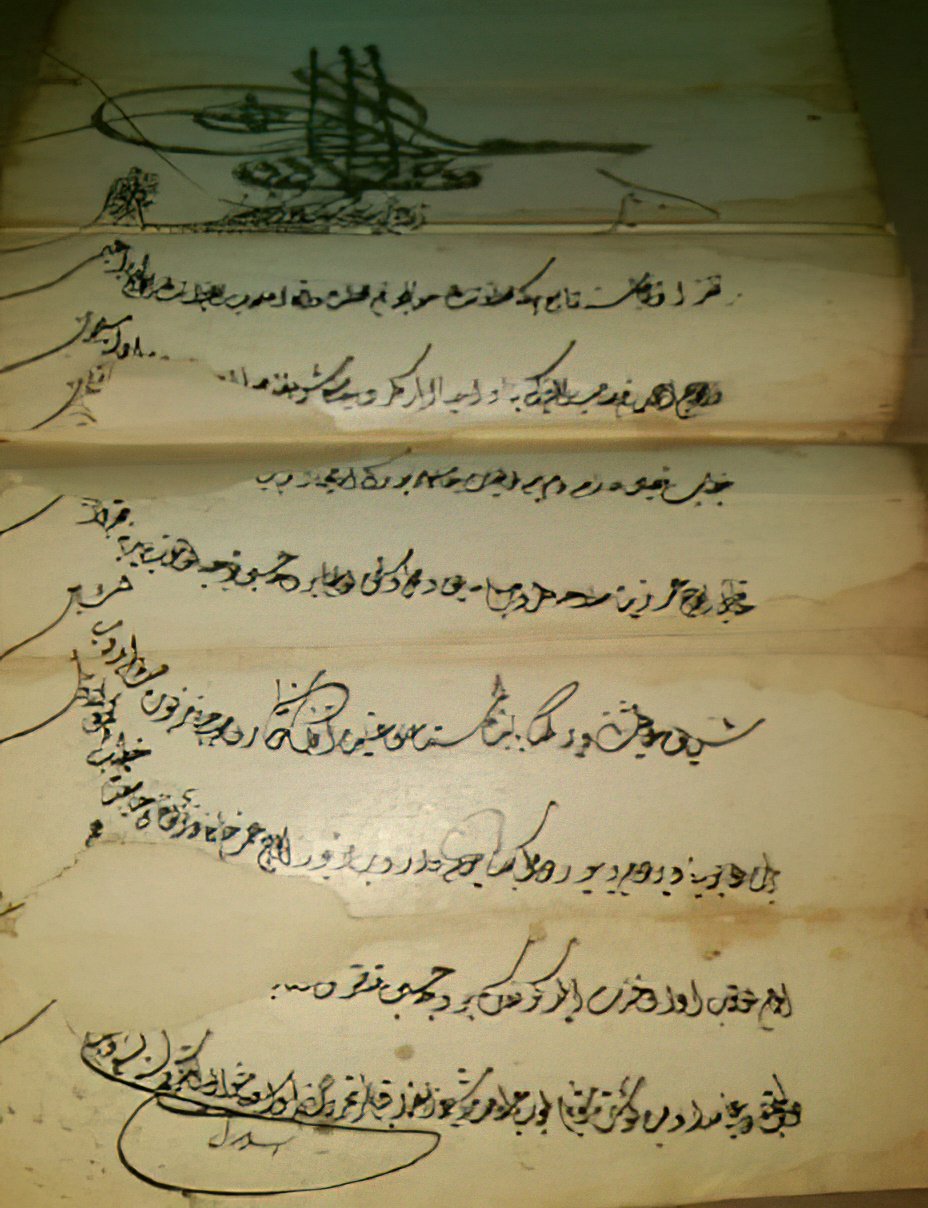THREE CENTURIES OF THE MOSQUE IN HATINAC - BIHAĆ
Author: Suad Mahmutović, MA, Islamski pedagoški fakultet u Bihaću (Islamic Pedagogical Faculty in Bihać) • Illustration: Berat on appointing haji Omer imam of the mosque in Hatinac, 18th century
The mosque in Hatinac is doubtlessly one of the oldest in the area of present Majlis of the Islamic Community Bihać. On the inscription above the entrance door, the 1126 Hijri, or 1714 A.D. year is inscribed, which means that eight years ago it turned three centuries of existence. Naturally, it originally looked far different. It used to have a wooden minaret, and was covered with shingles. An old berat (charter) on the appointment of haji Omer imam of the honorable mosque states that it was built and renewed by haji Ibrahim and haji Ahmed, in a neighborhood called Hutinice, as Hatinac used to be called. It was one of Bihać neighborhoods, and Bihać belonged to the kadiluk (district) of Kamengrad. The document was written in Islambol (Istanbul), in the second decade of the month of Shawwal; unfortunately, it has been impossible to decipher the year. Since the berat has the tughra (calligraphic monogram, seal or signature) of Ottoman sultan Abdulhamid-hana (I), the son of Ahmed (III), who ruled from 1773 to 1789, i.e. from 1187 to 1203 Hijri year, this document clearly originates from the 18th century.
Berat on appointing haji Omer imam of the mosque in Hatinac, 18th century
Outer walls were decorated with motifs of trees, in red color, and with nicely created arabesque, which could not be seen anywhere else in Bosnia, and this is why this mosque was unique. As long as until the Second World War, there was a small stone minaret at the entrance of the mosque courtyard. It was only a couple of meters high and served for calls to night prayers. It was named ‘musalla’ or small minaret.
Hatinac used to have rich waqfs. It can be seen in the waqfs’ budgets for 1889, 1912 and 1913. A total of ten properties with houses and courtyards, one business building, a sawmill and a coffeehouse were owned by the waqf of the Hatinac mosque. Today, none of these is waqf. They have all been brutally destroyed by the will of political systems which replaced each other over the past thirteen decades. In the Second World War, a maktab (elementary school) with the muallim's (teacher's) apartment in Hatinac were completely destroyed. The jamaat house (community center) was built after the war; in 1986 a retired waiter lived in it while the imam of the time, Ćazim-ef. Ćoralić, lived in a house of his own, 12 kilometers away. The mosque was thoroughly renovated after the aggression on our country. The roof and carpentry were replaced, and the underfloor heating was installed. The jamaat house was also fully reconstructed.
Old and present mosque in Hotinac – Hatinac
In the courtyard of the mosque one can find nišans (Muslim tombstones), several centuries old. Thus, we can see a female nišan of Hatidža, a daughter of Merjema, from 1215 Hijri year, which means that it over 220 years old. A characteristic of this nišan is that it has the mother’s name inscribed. It was typically the name of the deceased person’s father that was inscribed. It should be noted that Krajina nišans are distinctive in Bosnia and Herzegovina, primarily due to the material they were built of.
Indeed, tuff rock bihacit, which has been used in these regions as well as in Europe for centuries, has characteristics that allow stonemasons to shape motifs, epitaphs and the entire form with rich sculpting, which engendered a special style presently called the School of Bihać nišans. Such nišans are found in Hatinac, as well as in many Muslim cemeteries across Bosanska Krajina.
Nišans in the courtyard of Hatinac mosque
Sources:
Disorderly archival materials of the Archives of the Una-Sana Canton
Documents from Sadik-ef. Ribić’s private archives
Berat, Museum of the RS, Banja Luka



